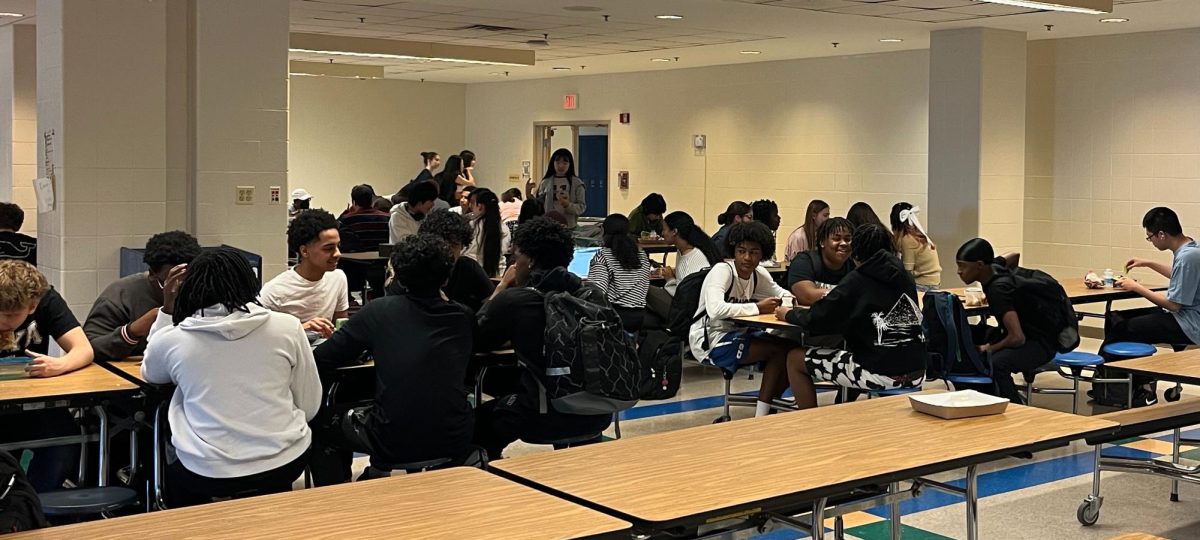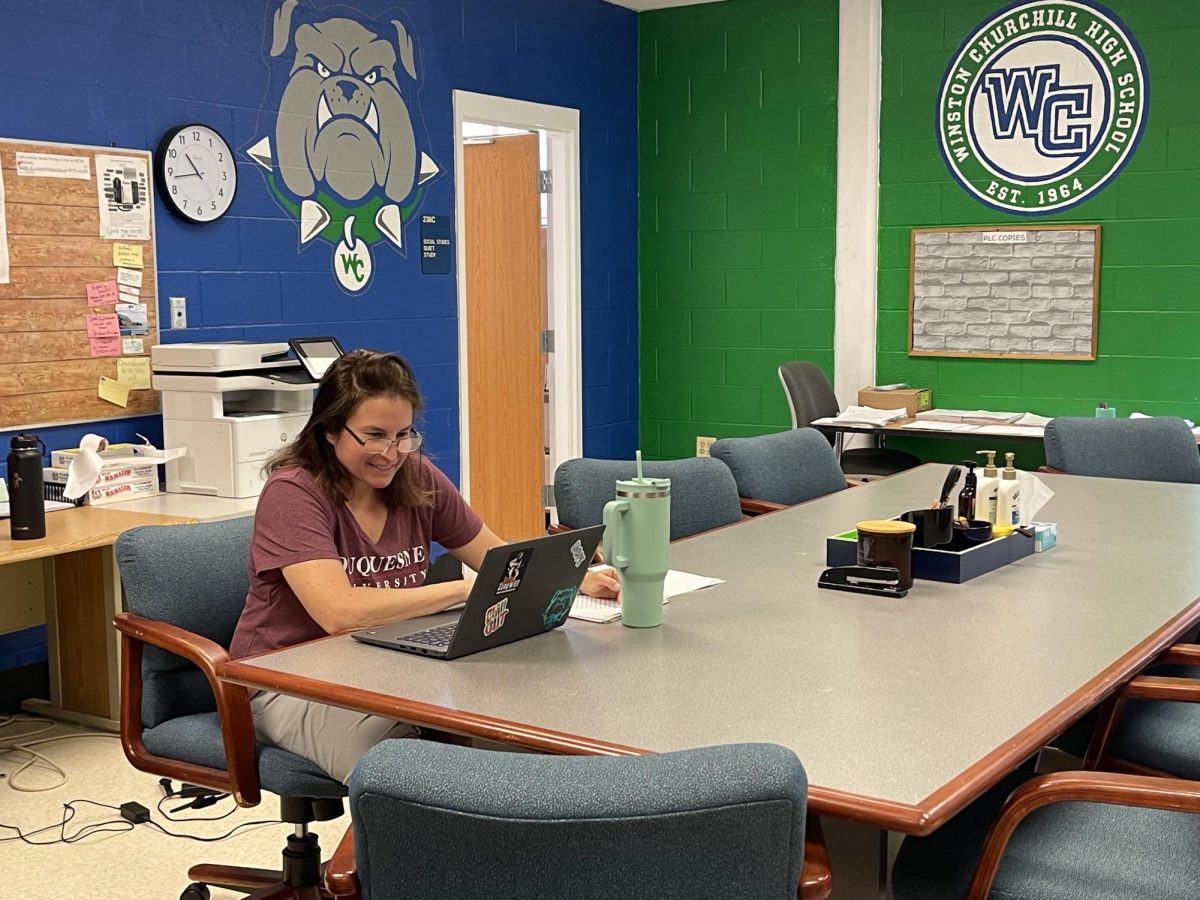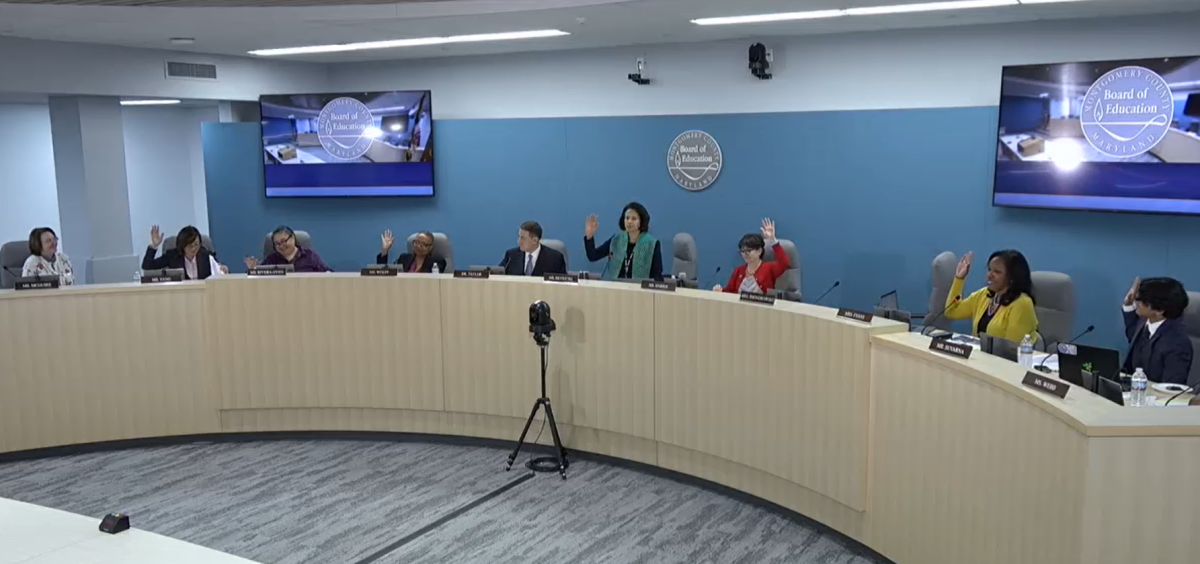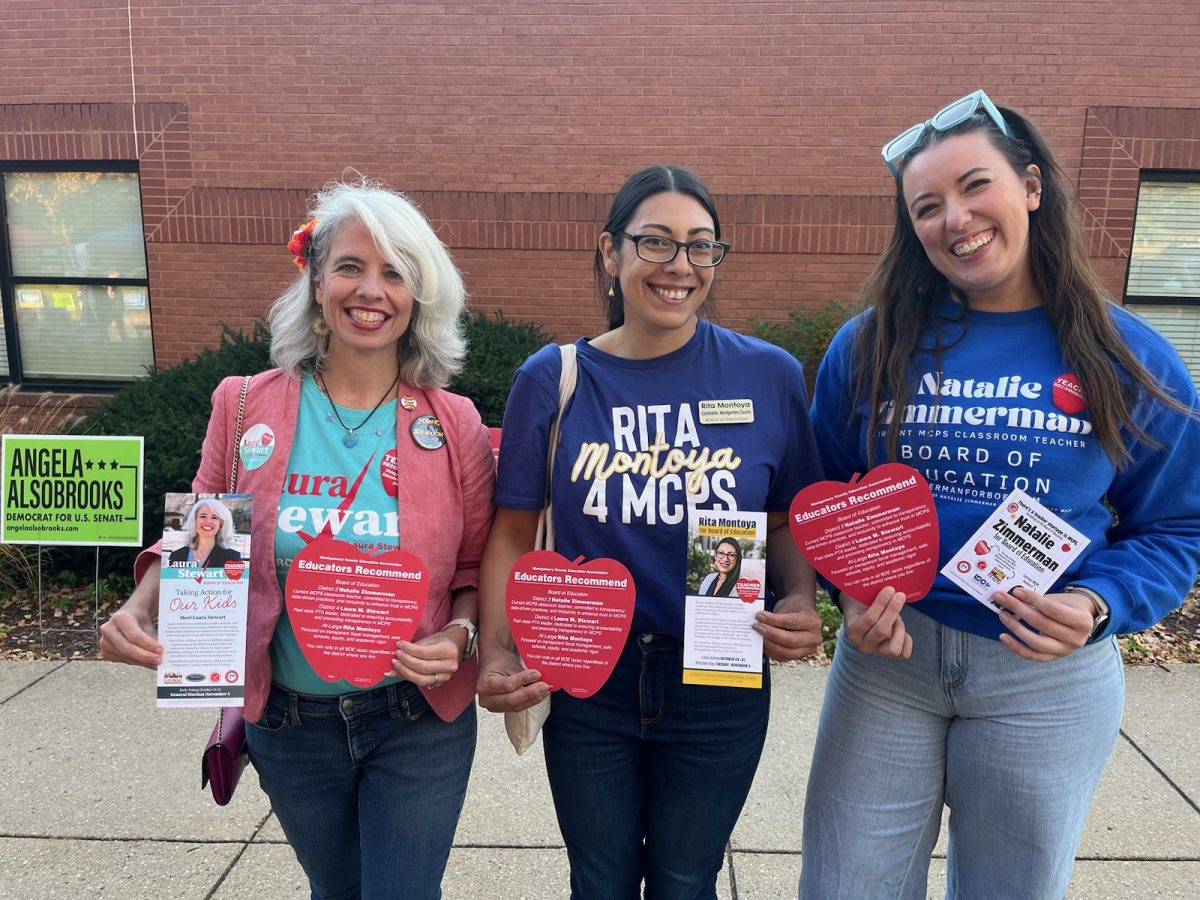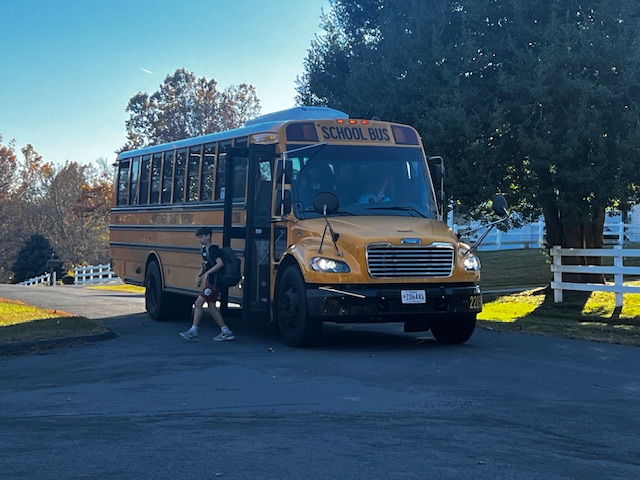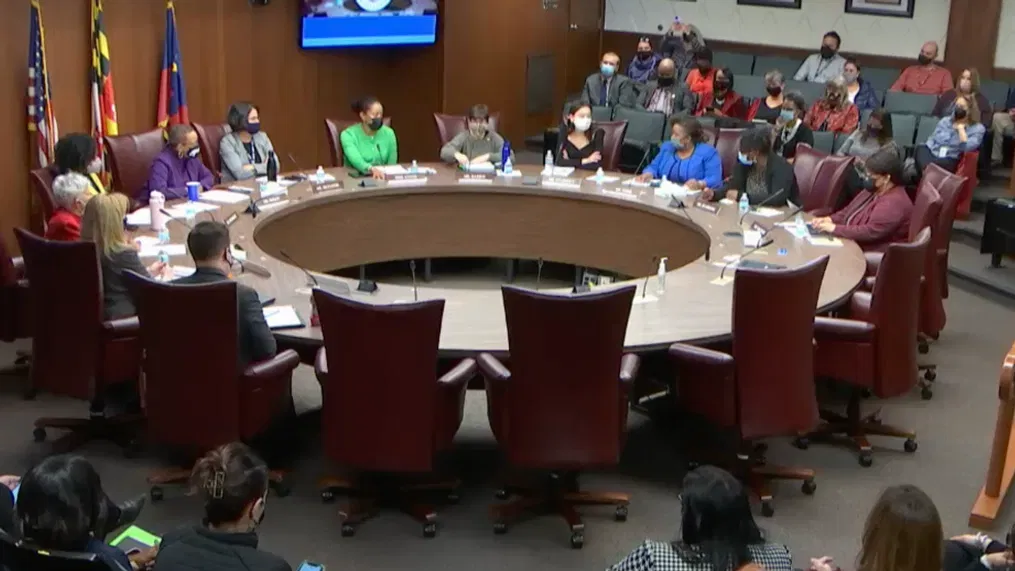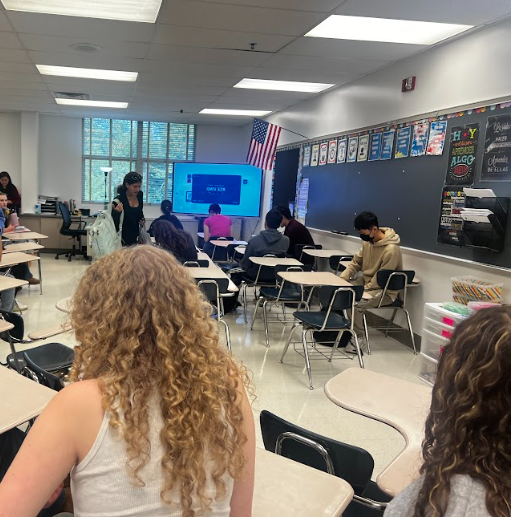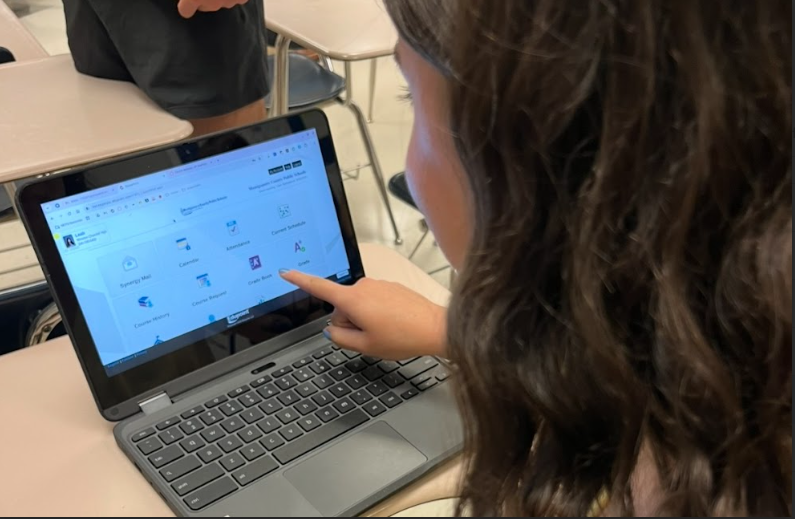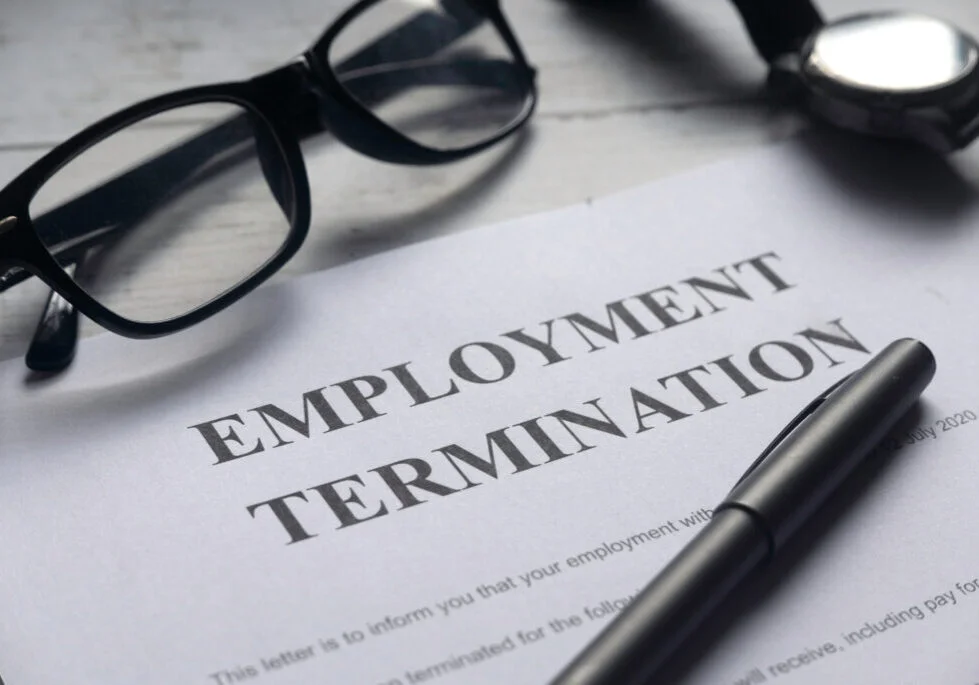What is even in the school lunches that many students eat daily? From soggy pizza to ultra-processed nuggets, the contents of high school cafeteria trays have sparked debate nationwide. For many high school students, school lunch is not just a break, it is the main or only full meal they will get in a day, and sometimes the most nutritious meal students consume, especially for those from food-insecure families. Even with federal nutrition standards in place, there is growing concern that what ends up on the cafeteria trays is not only lacking in nutritional value but may also contain hidden toxins that can cause harm. Now, lawmakers are stepping in to clean up school lunches.
Maryland was one of the first states to introduce legislation around contaminants in food. Known as “Rudy’s Law,” Maryland now requires food manufacturers to test and publicly share the results of testing for heavy metals in baby foods sold in the state. But what about foods beyond that age group, including the ones high school students eat every day at school?
“We have a lot of foods that have a lot of different chemicals, which means that there are not a lot of natural foods,” Maryland member of the House of Delegates Deni Taveras said. “If we were to provide QR codes with the contents of the amount of unnatural chemicals in our foods, that would help us decide whether we want it more naturalized.”
The new law focuses on transparency, empowering consumers with the information to make a buying decision. Over time, food manufacturers will have to update their packaging with QR codes that consumers can scan for real-time access to test results. Similar laws exist or are in the process of being rolled out in other states, including California and Virginia.
“Heavy metals can take years, even decades, to manifest themselves in the form of chronic disease,” Jackie Bowen, Executive Director of the Clean Label Project, said. “Children are especially vulnerable to dietary heavy metal exposure given their caloric intake to weight ratio.”
The Clean Label Project (CLP) is a nonprofit on a mission to bring greater transparency to the toxins in foods and other products. Most school meal programs aim to meet federal guidelines that include minimum requirements for fruits, vegetables, whole grains and limits on sodium and saturated fats. However, many processed foods can meet these guidelines despite containing artificial additives, preservatives and toxic metals.
“I get the school lunch every now and then,” junior Leah Sonnabend said. “I want to know that the food I am eating is fueling me and not potentially harming me. After learning about contaminants in baby food, I think it is important to also test school lunches.”
Fortunately, change is possible. Efforts like Rudy’s Law and growing public awareness are starting to shift the conversation. Parents, lawmakers and advocacy groups are pushing for healthier, safer options in school cafeterias, but there is still a long way to go.
“We do not have naturalized products the way we would in Europe or other countries,” Taveras said. “[In the US], they added more lead [to food]. Products like lead or mercury would create medical dysfunctions or neurological dysfunctions in the body.”
Despite discussions by legislators on Capitol Hill and by advocacy groups to improve the quality of school lunches, nothing has yet been officially announced. The School Safe Meals Act was introduced last fall by Senator Cory Booker of New Jersey. There is no specified date for a vote on this bill. The next step in the legislative process is for the committee to hold hearings and mark up the bill.
“Kids in America consume far too many harmful substances in their food,” Booker said. “School meals should be a child’s safest source of nourishment, not another source of toxic exposure. The Safe Schools Meals Act would protect our children by getting dangerous chemical food additives, heavy metals and pesticide and chemical residues out of school meals while creating a significant new market opportunity for organic and regenerative farmers.”
Heavy metals are naturally occurring elements that are simultaneously essential to certain aspects of life while also being toxic. As advancements in certain fields that require heavy metals, such as agriculture, medicine and technology have developed, exposure for humans to these toxins has increased. Industrial pollutants, emissions and fires are just a few ways that airborne particles containing toxic heavy metals are released into the atmosphere. Heavy metals can also seep through the water in the ground or through commercial packaging.
“Heavy metals in food can cause a range of health problems,” Sonnabend said. “Although my friends usually opt for homemade lunches, that is not an option for everyone. I tend not to love the options in the cafeteria, even without knowing what is inside the food.”


